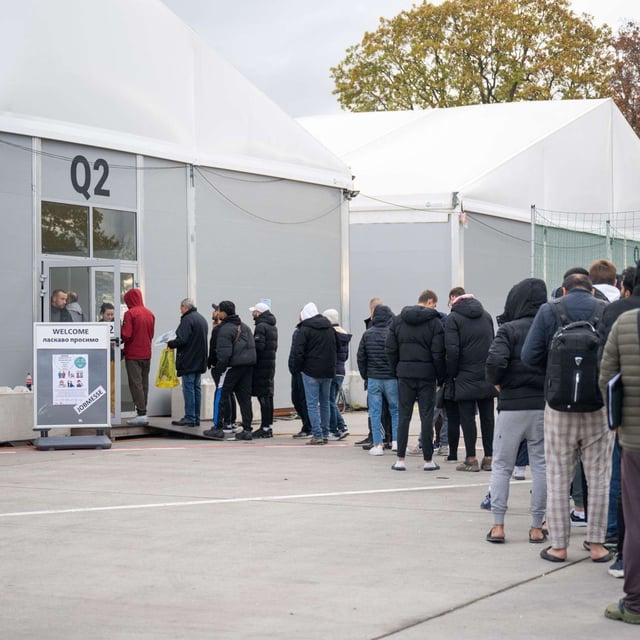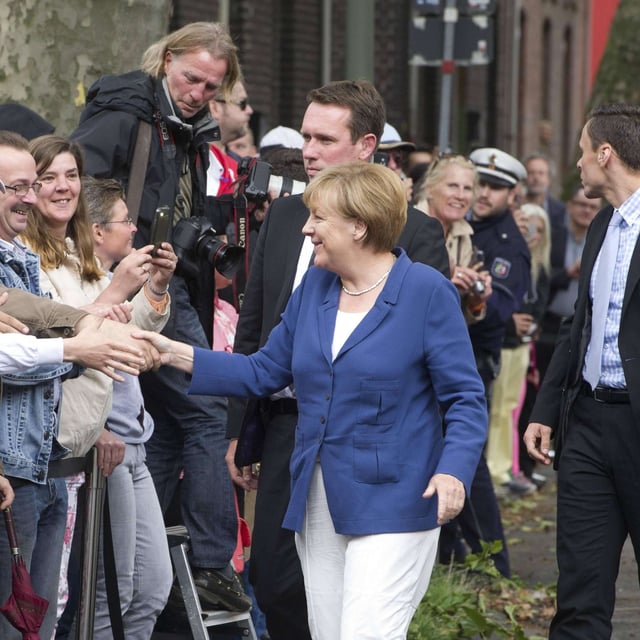Overview
- An IAB analysis reports 64% of people who arrived in 2015 were in dependent employment in 2024 versus about 70% in the overall population, with 90% of those jobs subject to social insurance.
- Employment is highly uneven by gender, with 76% of men working compared with 35% of women; among mothers with children under six the rate is 21%, rising to 40% for women without children.
- Median monthly pay for full-time workers from the cohort reached €2,675 in 2023, roughly 70% of the national median, and about 34% of households from that group still received Bürgergeld in 2023.
- Outcomes differ strongly across regions, with higher employment and pay in states such as Baden-Württemberg, Bavaria and Hamburg, weaker results in parts of East Germany, and a documented link between hostile local climates and poorer results.
- Many work in shortage and system-relevant roles such as healthcare, logistics and manufacturing, while alternative Bundesagentur für Arbeit statistics cite far lower employment rates and fuel a dispute over methods and conclusions.


